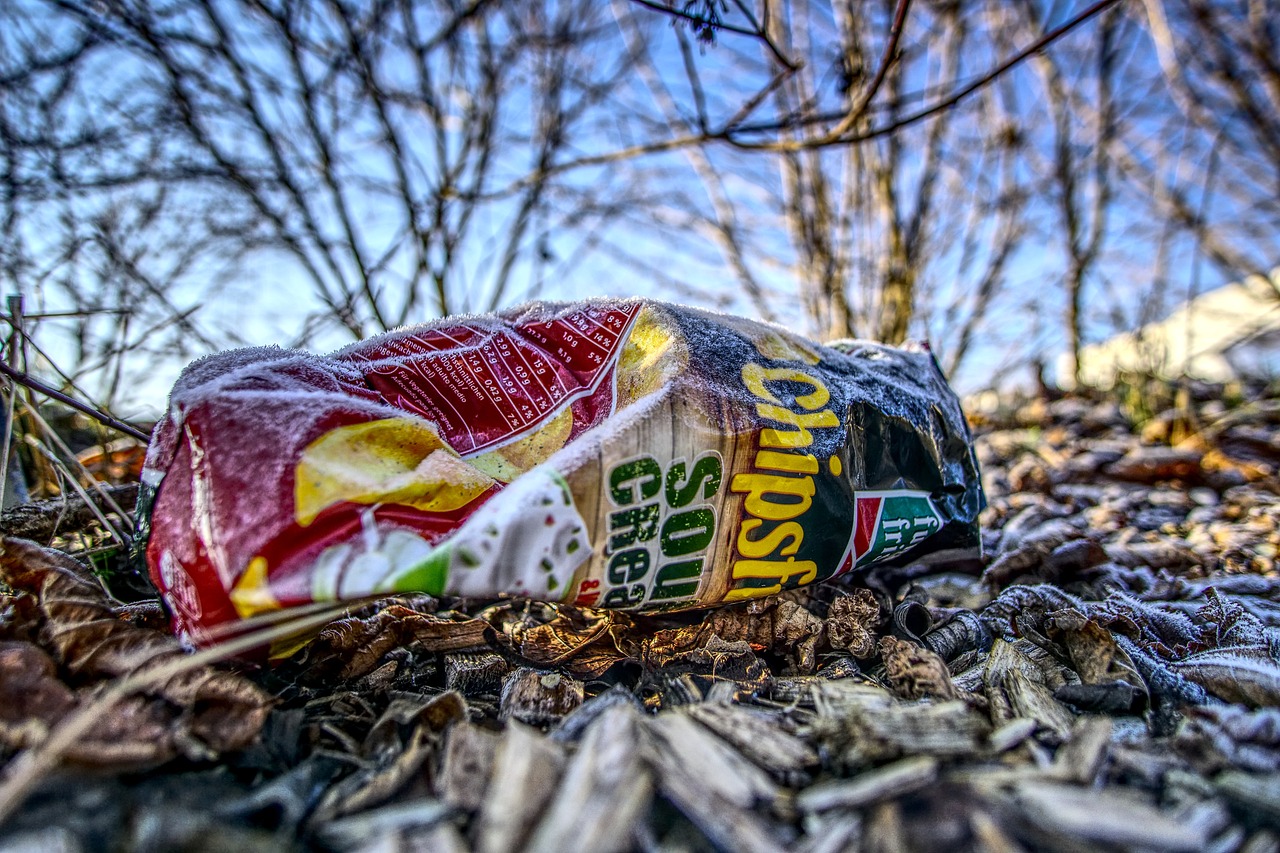The man opposite to me has just finished his package of chips. „American Style Sour Cream“ is what I can read on its front. I find it slightly weird that I as a German, studying in the US track an Indian in an Indian second class sleeping cabin in a night train enjoying American Chips. The moment he has finished, he moves the last bit to the window. Certainly, it’s not exactly a window; instead, it’s a rectangular piece of flexible plastic that spans across some horizontal bars. When open for the majority of the train ride, it allows a significant amount of wind to pass through. The man takes his plastic bag and slits it through the bars. I am perplexed. During the last hours I have only seen people throwing the leftovers of their fruits or vegetables out of the window. I track the plastic bag while it is slowly falling down on the ground and look at the man again. He doesn’t seem to notice my stare and puts his head at the wall finding a relaxing position for his digestion after the snack. Opting for the train tracks over the trash cans on the train is a behavior I observe consistently throughout the remaining 16-hour journey. Everyone follows suit, and it appears to be a routine practice that elicits no surprise from anyone but me.
I witness similar scenarios during my whole trip to India also outside of train coaches. Again and again people are throwing everything on the ground from plastic bags to bottles. No wonder that the landscapes look disgusting and the beautiful nature is disturbed by non-fitting colors which are too bright for being natural. All these shiny pink, green and blue packages in the lakes, sanddunes and forests – I am sad when I see these sceneries.
Maybe this problem arises from one of the practices I observe during my stay which I consider to be positive in its routes: When Natives order food at the snack stands, they normally receive their order in all different kinds of organic or recycled packaging. Crackers are handed out in a cone wrapped from old newspapers, rice is given on a tree leave and coconut is drunk directly out of the fruit – without a plastic straw. After consuming these meals, it feels more instinctive for them to leave the organic remnants or fruit peels in the natural surroundings. The problem: Repeating this habit with plastic packaging is detrimental since these material need hundreds of years to degrade.
Exchanging with several Natives from India, I hear that the trash problem has started to improve slightly over the last years. More conscious disposal of trash as well as waste separation have started. As I await significant changes, I can, in the meantime, play my part by being mindful and ensuring that I do not contribute to the degradation of these landscapes. This involves responsibly managing my waste, leaving no plastic traces behind.
